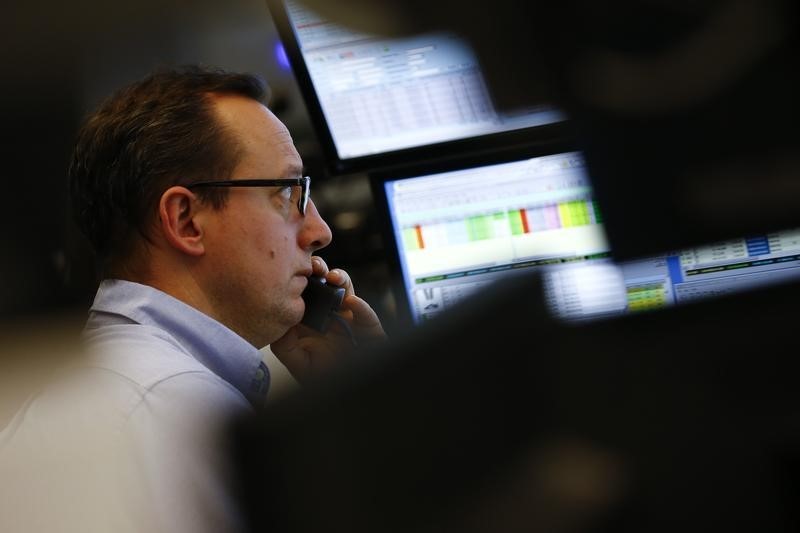© Reuters. FILE PHOTO: A Moderna coronavirus disease (COVID-19) vaccine vial is pictured at Skippack Pharmacy in Schwenksville, Pennsylvania, U.S., June 20, 2022. REUTERS/Hannah Beier/File Photo
By Patrick Wingrove
(Reuters) -Moderna on Wednesday said its flu vaccine had generated a stronger immune response against all four A and B strains of the influenza virus compared to traditional flu shots in a late-stage trial.
Shares of the U.S. biotech closed more than 3% higher at $108.59 on Wednesday.
The effectiveness of Moderna (NASDAQ:)’s flu vaccine was demonstrated across all age groups, including older people, and was found to be safe and tolerable, according to the company. Moderna also said it had found that its shot was equal or superior to Sanofi (NASDAQ:)’s high-dose flu vaccine in a separate early head-to-head study.
Moderna could use this data to file for accelerated approval of its flu shot in the United States by year-end, and likely launch the vaccine by the 2024/2025 season, Jefferies analyst Michael Yee said in a note.
The company had previously said that there was not enough available data to determine whether the flu vaccine would succeed after it failed to meet the “early-success” criteria in the study.
Moderna also announced that it was scaling down manufacturing of its COVID-19 vaccine, an updated version of which was approved this week by U.S. regulators, to align with lower post-pandemic demand and help the company sooner hit its target of 75%-80% gross margin growth.
“We probably overproduced a little bit too much this year, which is why we have excessive unutilized capacity and excessive materials, and that will come down,” Moderna CFO Jamey Mock said during the investor day conference.
Moderna said it could launch up to 15 products over the next five years, as it moves focus away from its COVID vaccine.
SCALING DOWN ON COVID SHOTS
The company is in talks with its partners that fill vials and syringes with its messenger RNA-based COVID vaccines globally to downsize production, Stephen Hoge, president of the Massachusetts-based company, said in an interview.
The downsizing, Hoge added, will help Moderna adjust to the endemic phase of the disease, which had led to falling demand for COVID vaccines as payers scale back orders for the shots.
Moderna in August predicted that U.S. demand for the vaccine would reach 50 million to 100 million doses in the fall season. About 153.8 million COVID shots were administered in the United States in 2022, according to the U.S. Centers for Disease Control and Prevention.
“Over the past couple of years, we’ve been in pandemic mode producing a billion doses a year,” Hoge said. “We’ve been waiting for the moment when the pandemic was officially behind us that we would need to restructure that manufacturing footprint.”
Following the U.S. Food and Drug Administration’s authorization on Monday, Moderna said it would start shipping COVID vaccine doses across the United States.
The company has deals to supply other countries with its COVID shot including Britain, Canada and Japan, but does not yet have an agreement with the EU, according to Hoge, who also said COVID was the focus of Moderna’s manufacturing agreement with China.
Hoge said that while Moderna was urgently working on downsizing COVID manufacturing, talks with third-party manufacturers – which will help produce the upcoming respiratory syncytial virus (RSV) and influenza vaccines that investors hope will start to replace Moderna’s waning COVID revenue – could spill into next year.
“These are relationships that we will need for decades to come,” Hoge said.
Moderna declined to identify the partners but has previously said they include Thermo Fisher (NYSE:), Sanofi, Catalent (NYSE:).
Spain’s Rovi, which has a 10-year deal with Moderna to manufacture mRNA-based therapies, said that it does not expect to cut down its vaccine production, at least this year.
“The vaccine’s manufacturing runs from June to October and we are already producing it. All the purchase orders are being fulfilled,” a Rovi spokesperson said, referring to the COVID vaccine.
Read the full article here




